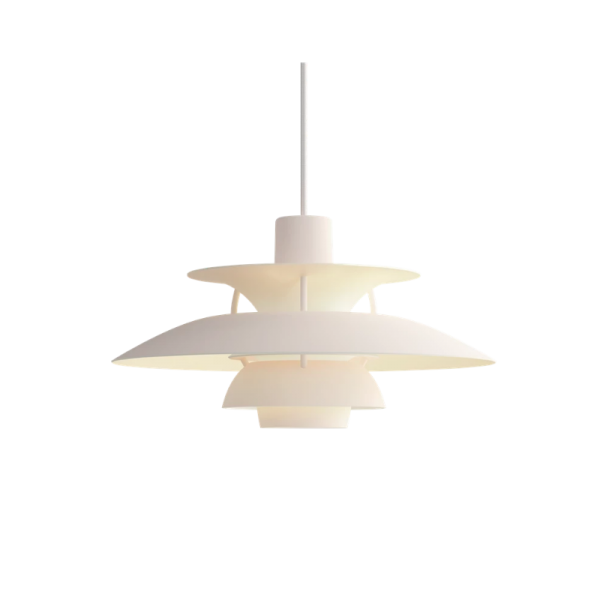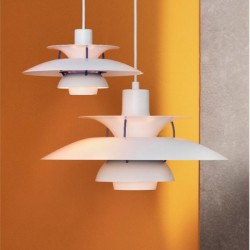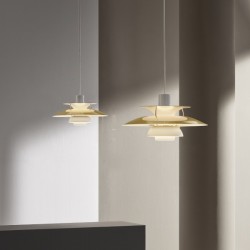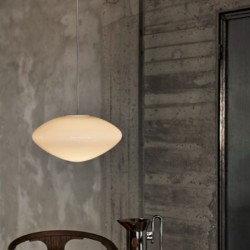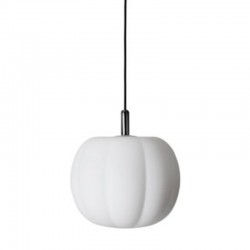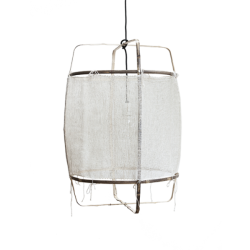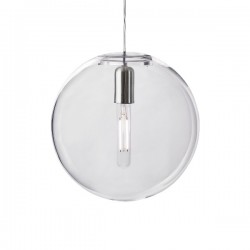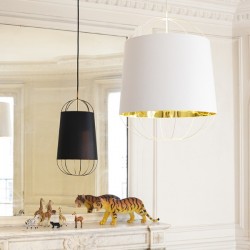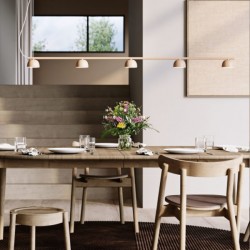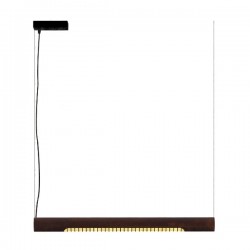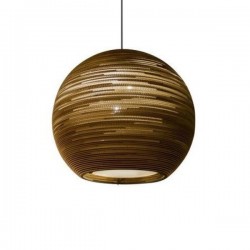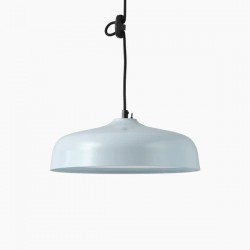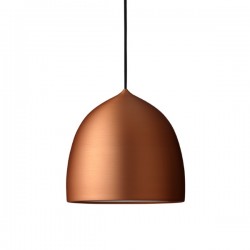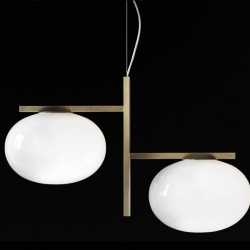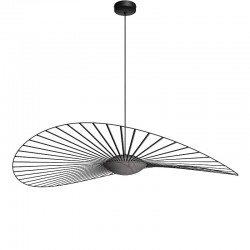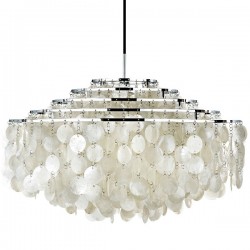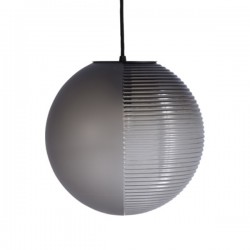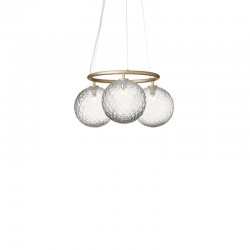Louis Poulsen PH5 Mini Lamp Monochrome
Designer:
Poul Henningsen
€590.91
Availability if not in stock 1 to 4 Weeks
PH 5 continues to elevate even the most modern interiors ina range of colourstoday. In 2020, the PH 5 Monochrome series is introduced to emphasizethis striking design for a more current look. The mat painted metal shades come in black,white, and in ultra blue for the bolder decorater.
- Specifications
Material: Shades and anti-glare disc: Spun aluminium, spun copper or spun brass
Light source 1 x 20w E141x2
0W E14Kindly note that this product is CE-approved only and should only be used in countries that follow and accept this standard. If it is used elsewhere it will be at the customer's sole risk, responsibility and liability.
Mounting:Suspension type: Cable 2x1mm²Mounting:Suspension type: Cable 2x1mm²- Size Description
300 x 163 x 300 mm
Cable lenght 3m
-
Poul Henningsen
Poul Henningsen was born in Copenhagen by the famous Danish actress Agnes Henningsen. He never graduated as an architect, but studied at The Technical School at Frederiksberg, Denmark from 1911-14, and then at Technical College in Copenhagen from 1914-17. He started practicing traditional functionalistic architecture, but over the years his professional interests changed to focus mainly on lighting which is what he is most famous for. He also expanded his field of occupation into areas of writing, becoming a journalist and an author. For a short period at the beginning of WWII, he was the head architect of the Tivoli Gardens in Copenhagen. But like many other creative people, he was forced to flee Denmark during the German occupation but soon became a vital part of the Danish colony of artists living in Sweden.
Related products
Price
€590.91
Louis Poulsen PH5 Mini Brass Pendant Lamp
Price
€777.00
You may also like
&Tradition Mist Suspension Lamp
Price
€282.64
Made by Hand PePo Suspension Lamp
Price
€266.94
Ay Illuminate Z11 Black with Silk White Cover
Price
€772.23
Design House Stockholm Luna Lamp Clear
Price
€437.30
Petite Friture Lanterna Suspension Lamp Medium
Price
€197.52
Northern Blush Rail 5 LED Pendant Lamp
Price
€624.00
Graypants Sun Pendant Lamp 32cm
Price
€1,950.41
innolux Candeo Air Pendant Lamp
Price
€329.75
Fritz Hansen Suspence™ Lamp P1
Price
€304.96
Oluce Alba Suspension Lamp 468
Price
€1,025.00
Petite Friture Suspension Lamp Vertigo Nova Large
Price
€1,318.18
Verpan Fun 11DM Pendant Light
Price
€1,475.00
New
Classicon La Lune Rug
Price
€4,543.00
Pulpo Stellar Hanging Lamp
Price
€397.52
Nuura Miira 3 Circular Pendant Lamp
Price
€1,445.45


 EUR
EUR

